
How did traditional African hair practices shape community identity?
Traditional African hair practices served as living blueprints of community identity, communicating status, heritage, and spirituality through intricate styles and rituals.

How did traditional African hair classification systems inform cultural identity?
Traditional African hair systems profoundly shaped cultural identity, serving as living archives of social status, age, spiritual connections, and community ties.

What ancestral hair traditions supported communal strength?
Ancestral hair traditions fostered communal strength by serving as systems of coded communication, shared care rituals, and markers of collective identity within textured hair heritage.

What are the benefits of oils on textured hair?
Oils strengthen textured hair by sealing moisture and protecting strands, a practice deeply rooted in Black and mixed-race hair heritage.

In what ways did historical hair practices reflect cultural identity and survival?
Historical textured hair practices served as profound expressions of cultural identity and ingenious tools for survival, deeply embedded in ancestral heritage.

How do modern scientific understandings validate ancestral protective hair care practices?
Modern science validates ancestral hair care by revealing biological reasons for traditional protective practices, honoring textured hair heritage.

What roles did protective styles play in resistance during historical oppression?
Protective styles served as covert communication, cultural preservation, and defiant self-expression during historical oppression, deeply rooted in textured hair heritage.

How did ancestral wisdom shape textured hair rituals?
Ancestral wisdom shaped textured hair rituals through deep environmental attunement, natural resourcefulness, and profound cultural symbolism.

What ancestral customs influence modern textured hair care?
Ancestral customs guide modern textured hair care through deep heritage in protective styling, natural ingredients, and holistic wellness.

How does textured hair architecture enable ancestral styling techniques?
Textured hair's unique coil and follicle shape naturally enable ancient coiling, braiding, and knotting techniques, preserving a rich cultural heritage.
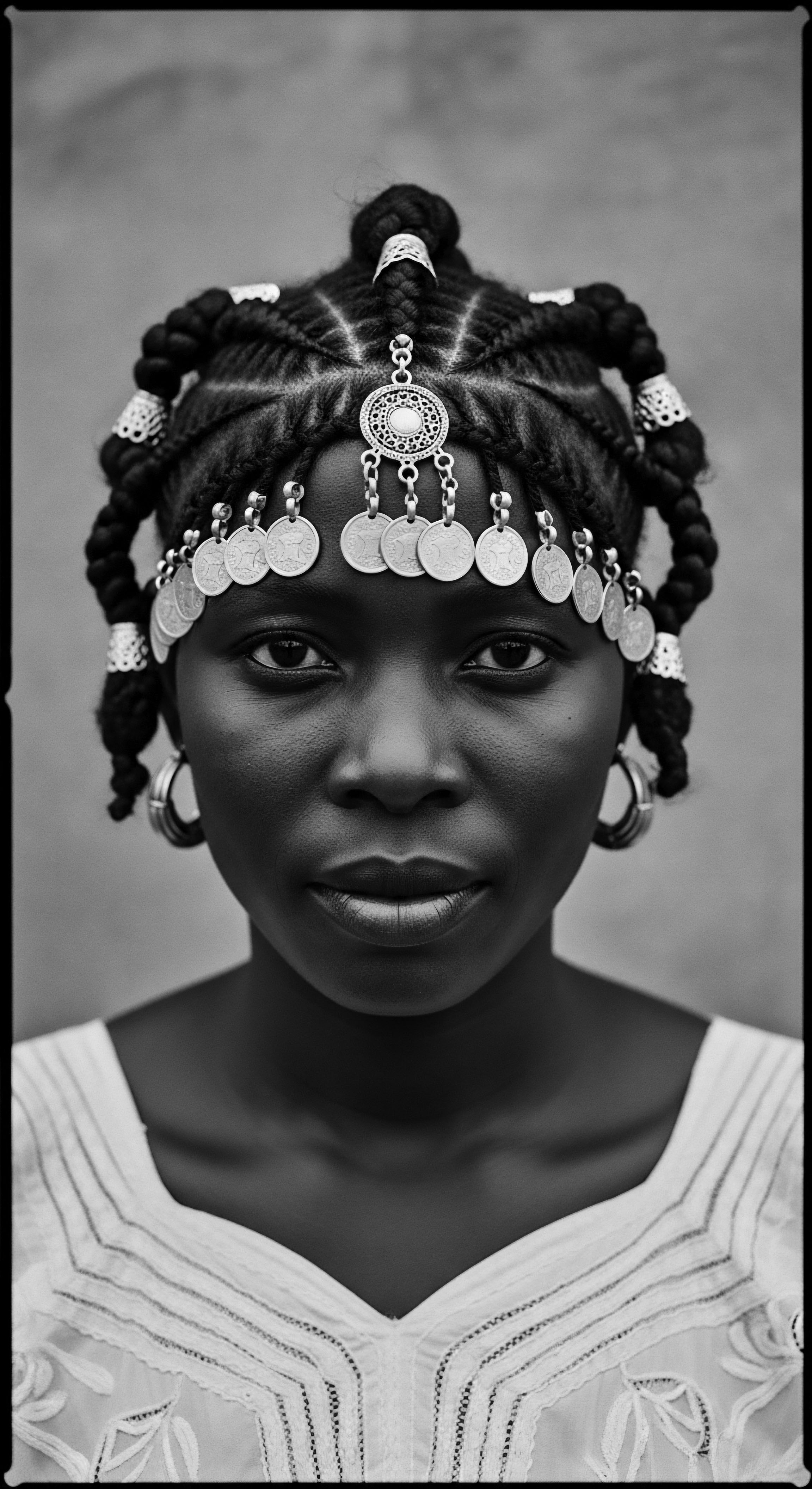
Biological Hair
Meaning ❉ Biological hair refers to the complex protein fiber emerging from hair follicles, whose unique characteristics reflect genetic heritage and shape cultural care traditions.
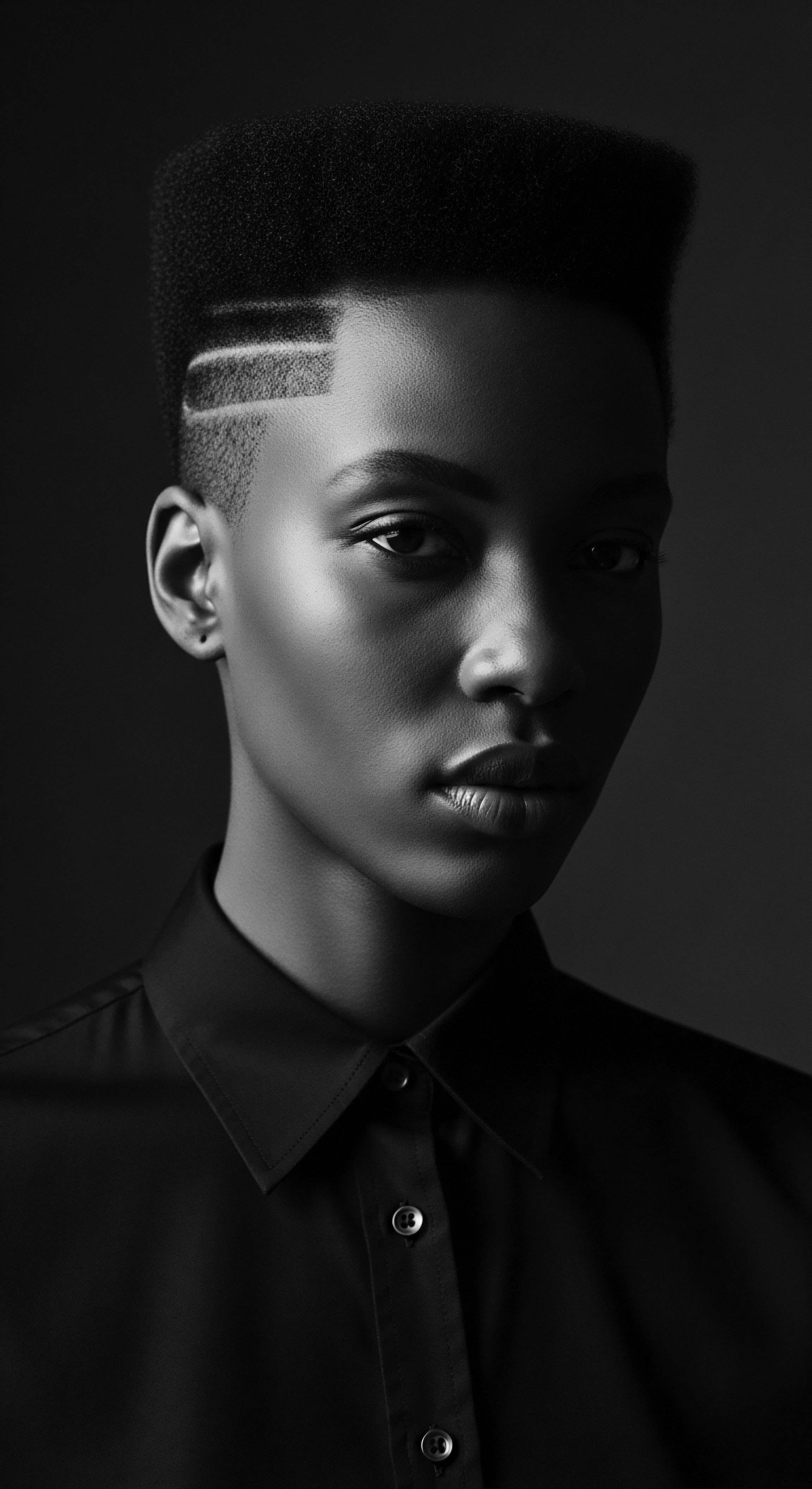
What is the heritage behind protective styling?
Protective styling's heritage for textured hair is a chronicle of ancient ingenuity, resilience, and identity, rooted deeply in ancestral care.

What historical practices protected textured hair during sleep?
Ancestral practices protected textured hair during sleep by minimizing friction and retaining moisture, profoundly rooted in heritage.

How do oils support moisture retention in textured hair?
Oils support moisture retention in textured hair by forming protective barriers and penetrating strands, a core principle passed down through ancestral care rituals.

What historical hair practices sustained length in textured hair?
Historical textured hair practices sustained length through protective styles, natural ingredients, and communal care, deeply rooted in African heritage.

What historical significance do traditional hair care rituals hold for contemporary textured hair practices?
Traditional hair care rituals reveal a deep heritage, offering blueprints for contemporary textured hair practices and identity.
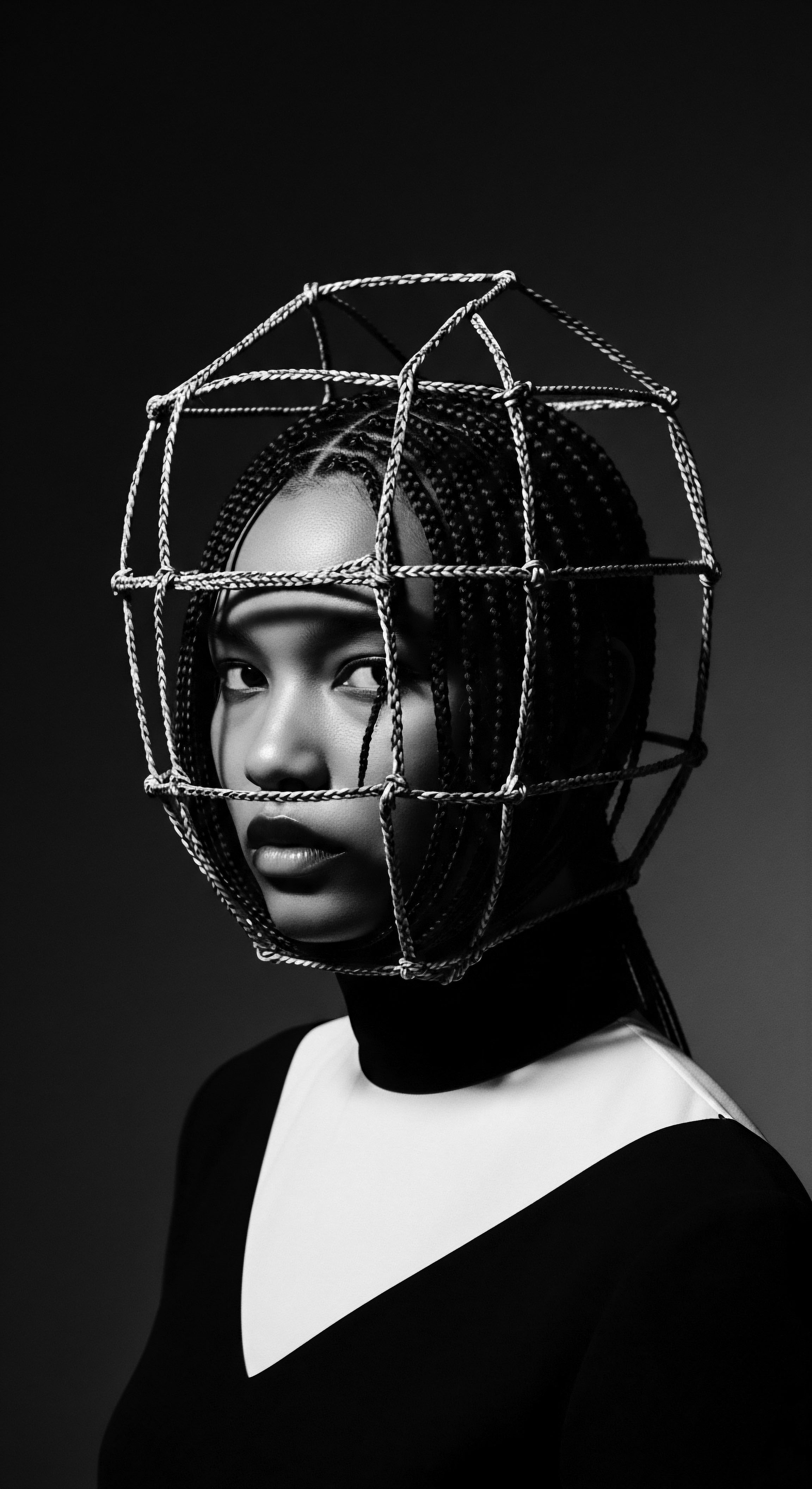
What role did textured hair play in identity movements across the diaspora?
Textured hair played a central role in identity movements by acting as a powerful symbol of heritage, cultural resistance, and self-affirmation.
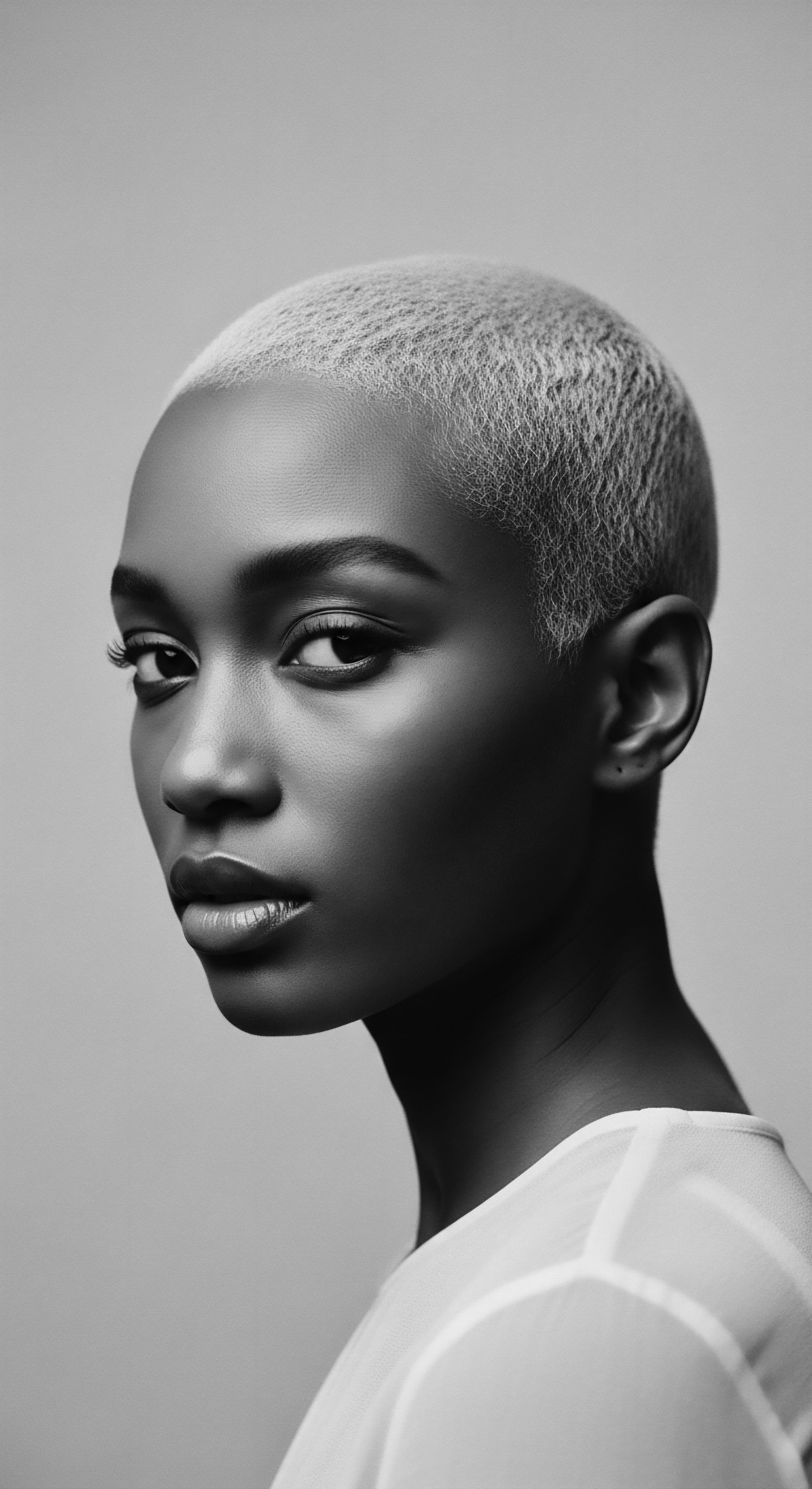
How do historical beauty standards relate to textured hair heritage?
Historical beauty standards, rooted in Eurocentric ideals, profoundly shaped perceptions of textured hair, leading to its suppression while simultaneously fueling a powerful heritage of resilience and cultural affirmation.

In what ways did textured hair serve as cultural connection during enslavement?
Textured hair served as a silent yet potent language, linking enslaved people to their ancestral heritage, community, and resistance.
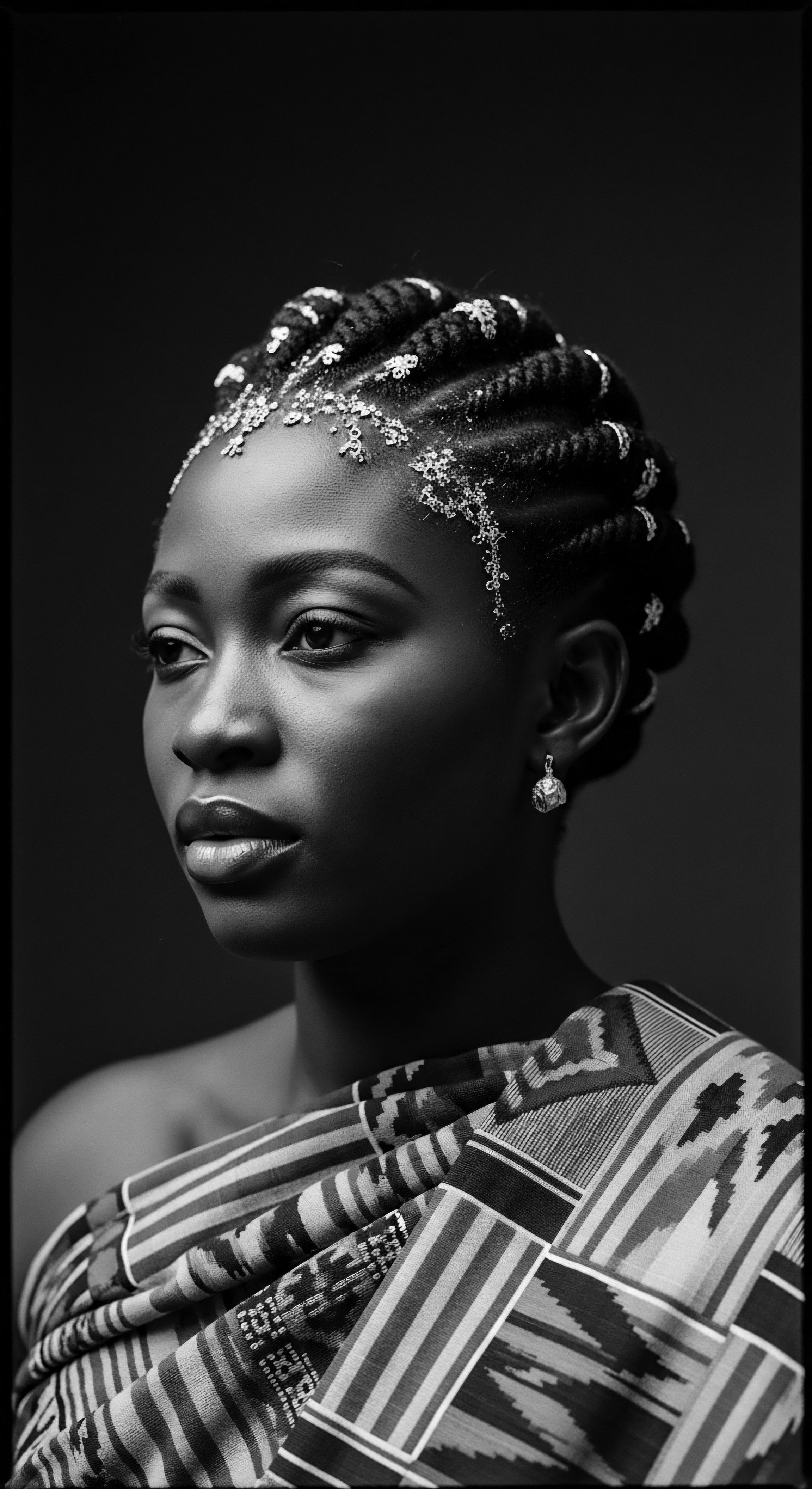
What is the historical spiritual connection between hair cleansing and African heritage?
Hair cleansing within African heritage intertwines physical purification with spiritual connection, honoring ancestral wisdom and textured hair's profound identity.

How did historical cultural practices shape textured hair routines?
Historical cultural practices rooted textured hair routines in communal wisdom and a profound understanding of its unique needs.
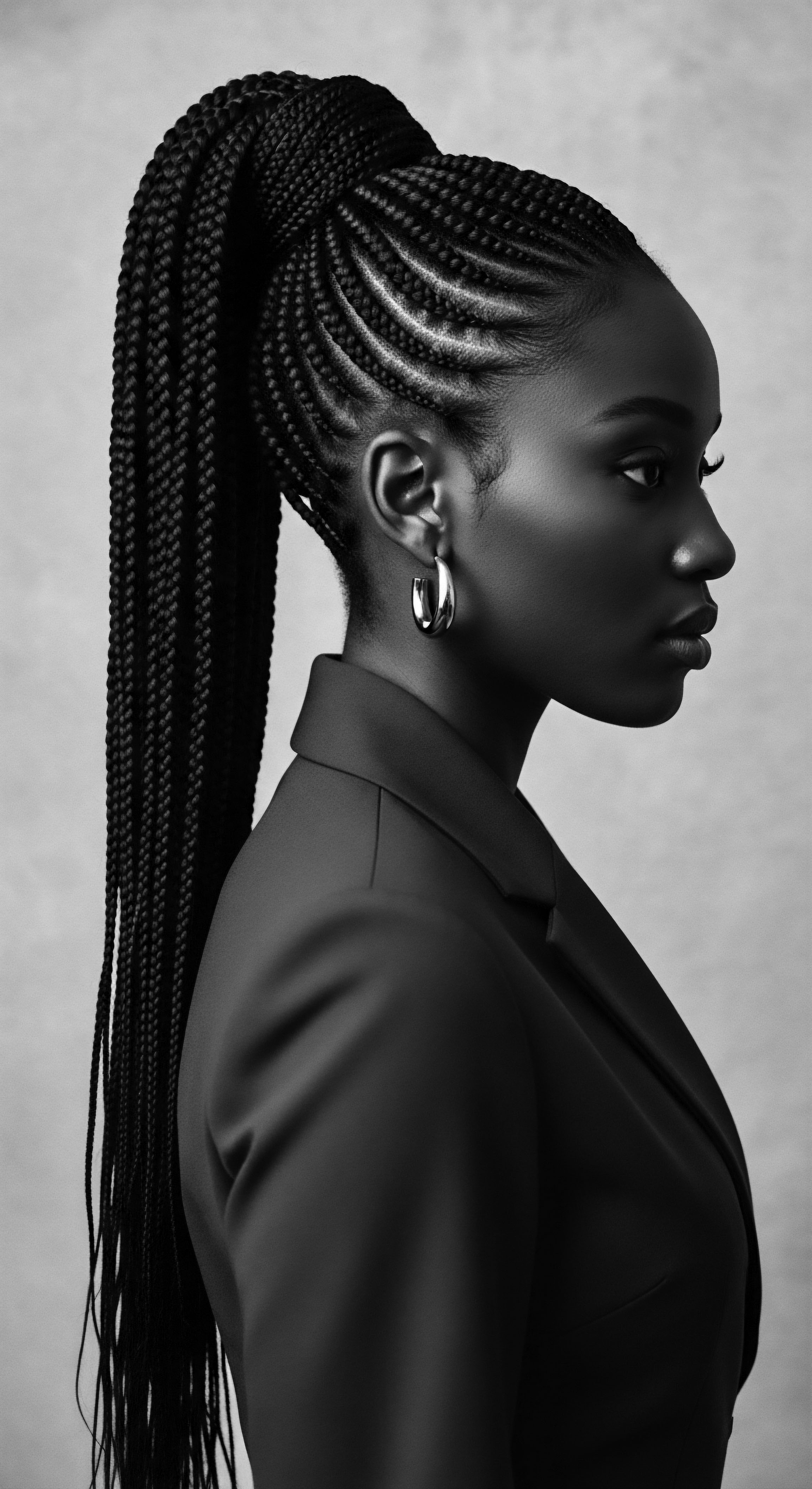
In what ways did enslaved people use hairstyles to preserve heritage?
Enslaved people used textured hairstyles as secret maps, hidden repositories for seeds, and powerful symbols to preserve identity and ancestral heritage.

What ancestral ingredients contributed to textured hair’s endurance?
Ancestral ingredients provided vital nourishment and protective benefits for textured hair, establishing a resilient heritage of care.

How did the Tignon Laws reshape hair covering heritage?
The Tignon Laws compelled head coverings, yet Black and mixed-race women transformed them into symbols of defiant beauty and cultural pride.

Can ancient hair care traditions contribute to modern textured hair wellness?
Ancient hair care traditions provide fundamental wisdom and effective practices for modern textured hair wellness, directly linking to heritage.

